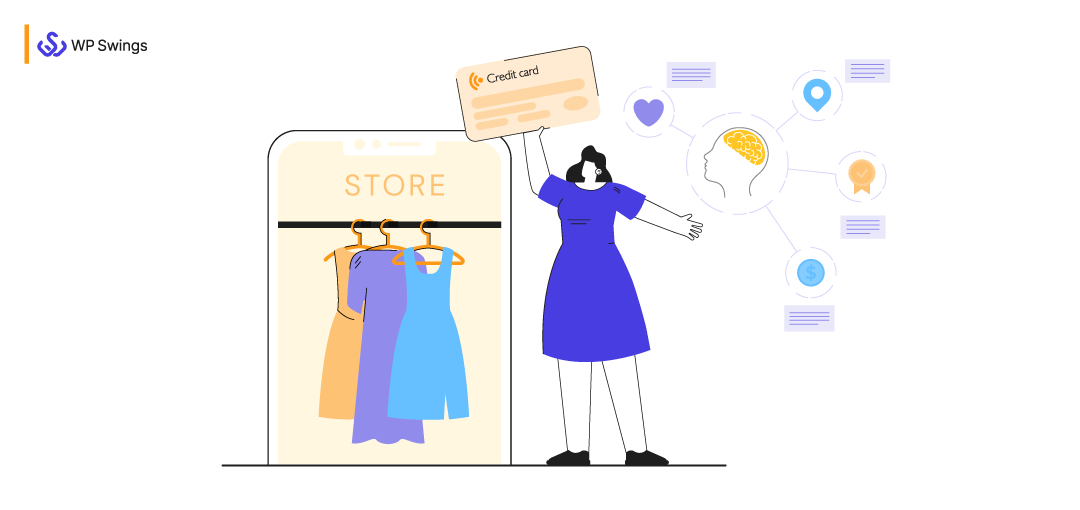
Consumer Behavior, Something For Everyone.
How many decisions do you make throughout your day? A five…a ten or a thousand…What should I eat today? What should I put on? What will I do throughout the day? And the list goes on…
Now think how frequently we make purchases each day without giving them any extra thought.
Even though they may seem trivial, these choices keep marketers up at night🧐. Since we can use such information to increase income by deciphering the thought processes that underlie customer decisions.
Wouldn’t it be wonderful if marketers could pinpoint the factors that influence their target market to select one product over others? If properly analyzed and applied, this knowledge may lead to the SALE of anything to anyone.
Despite how deceptive it may sound, creating marketing strategies based on consumer behavior is a typical technique nowadays.
But what, exactly, and how does consumer behavior operate? Let’s examine its mechanisms in more detail.
A to Z of Consumer Behavior:
What is Consumer Behavior?
Consumer behavior is the study of how people, groups, and organizations choose, acquire, utilize, and discard products, services, concepts, or experiences to fulfill their needs and desires.
In other words:
Consumer behavior is the study of how people choose what they need, want, and desire as well as how to purchase, utilize, and discard products.
The study of consumers and the methods they employ to select, use (consume), and discard goods and services, as well as the emotional, mental, and behavioral responses of consumers, is known as consumer behavior.
Ideas from a variety of sciences, including psychology, biology, chemistry, and economics, are included into consumer behavior.
In this article, we’ll examine the various parts and characteristics of consumer behavior and talk about the best approaches to client segmentation.
- What do your consumers think?
- What do they feel while making decisions?
- How do they buy, consume, or dispose of your products and services?
All these counts up to your consumer behavior. Since consumers are easy targets for influencers. It gets even more essential to analyze how the consumer behavior process flows and the habits of your customers while they plan to buy. Buying behavior analysis, hence, plays a vital role in building a marketing strategy and business models.
The Consumer Buying Process is a 6 stage journey that is never-ending. The buyer’s journey starts from “PROBLEM RECOGNITION” and ends at “POST-PURCHASE EVALUATION”. But the buying process is a regular cycle. Each stage in the consumer buying process remarks on the flow of your eCommerce business’s success.
Importance of Consumer Behavior
Understanding Consumer Behavior Process or consumer buying process is crucial and contributes a lot to the marketplace.
Marketers may close the product-market gap and determine which items are necessary and which ones are no longer in demand by studying how consumers choose products. Additionally, it aids marketers in deciding how best to showcase their products so that buyers are most affected.
In order to be able to influence consumer behavior, marketers must also be aware of the psychological factors that play a role in every purchase. For instance, even though a product may not be the most useful, a consumer may nevertheless choose to buy it because it is fashionable. In this situation, the marketer must first comprehend the reasons behind the consumer’s decision before presenting the product in a way that persuades the customer that it is the best option available.
The Types of Consumer Behavior
Consumer behavior is not constant; it fluctuates. After deep research and analysis conducted by marketing experts and psychologists, it’s been concluded that consumers buying behavior can be categorized into 4 major types. This classification is done considering the shopping behavior and decision-making capabilities of the customers. The 4 consumer behavior types are:
1. Complex Buying Behavior
When the consumer is deeply invested in the purchase (of typically expensive products) and recognizes important variations between brands, complex buying behavior occurs. Before choosing, they will do a tonne of study to identify the finest choice. For instance, before choosing a car, people will study reviews, assess costs, and test drive a number of options.
High cost, few transactions, perceived risk, and significant brand distinctions all contribute to this behavior. Automobiles, homes, and technology are only a few examples of things that might lead to consumer’s complex buying behavior.
2. Conflict-reducing Buying Behavior
Are you the only brand serving the market? Certainly not. Then how are your products different from your competitors? Are they superior in quality or just quantity or both? So many questions strike in customers’ minds when they plan to shop. All these questions can create chaos among the same products from different brands.
Hence, it demonstrates conflict-reducing buying behavior. It is also famous for dissonance-reducing buying behavior. It means the mental conflict that occurs when a person’s behaviors and beliefs do not align.
For example, if your customer is looking for a Room Temperature Organizer. He’ll look for the price, heating power, and air purifier quality of the product. As he checked all his needs, then he will compare your product with the other brands too. He will only make a purchase decision after assessing the comparison results.
3. Habitual Buying Behavior
Those that buy things routinely or habitually are known as habitual buyers. They typically don’t give their choice much thought and frequently buy the same brand or category of goods. A frequent buyer is someone who, for instance, consistently purchases Coca-Cola.
Convenience, cost, and availability are frequent factors that affect habitual purchasing decisions. Because they don’t give their purchases much thought, habitual shoppers are also the most devoted to a certain brand or product and are less likely to switch to another one.
4. Variety-Seeking Buying Behavior
Change is the only Constant
Everyone needs change from time to time and so do our customers. Consumers often shift from one brand to another. Because they want to get better and advance change from their regular product. This doesn’t mean that the products your customers were using aren’t up to mark.
It’s just that they need a change from their regular product. It all depends on the marketing strategy. For example, changing toothpaste brands from Colgate to Glister. Or shampoo from L’Oreal to Tresemme, etc.
Also, there is a recent example of Fair and Lovely that started a campaign for Glow and Lovely; they changed their brand story to suit the current trends of appreciating colors…The only thing that changed this time is that they got rid of the shade card.
Factors Influencing Consumer Behavior
The behavior of any consumer is subject to changes. It changes because of the conditions like the income and economic variations, sometimes they find better options, and the major cause of change is the mood swings. Sometimes social statuses push in, other times reciprocating word-of-mouth. All these factors are collectively referred to as Consumer Behavior Influencers.
Consumer behavior influencers are further segmented into 4 factors: Personal, Psychological, Social and Motivation.
1. Personal Factors
An individual’s decisions, preferences, interests, likes, and dislikes are what determine personal factors.
This category beholds the consumer behavior that fluctuates depending on the parameters like –
Demographics
- Age of the shopper
- Consumer’s Gender also affects the buying behavior
- The income of the consumer
- Cultural & Spiritual beliefs
- Followership & Principles
Geo-Locations
- Place the consumer lives in
- Place of shopping
- Shipping
Create Buyer Personas To Understand Your Customers Better!
2. Psychological Factors
Sometimes the shift and behavior transformation is involuntary. After all, the consumer is a human being and has certain opinions, likes, and dislikes. Psychological Factors hence comprise of factors that cause a change in consumer buying behavior based on –
Perception & Attitude
- Marketing Campaigns
Because marketing campaigns use imagery and word connections to evoke emotions, they can have an impact on consumer behavior. Below is the trending tweet of Elon Musk which led to a huge sale.
Elon Musk is selling perfume bottles on twitter to buy twitter and going out of stock.
28,700 bottles of exquisite Burnt Hair perfume already sold!
Only 1,300 left of this unique, limited edition, collector’s item. https://t.co/Gh2Zg7B5qX
— Elon Musk (@elonmusk) October 19, 2022
- Offers, Sales, Discounts
Even though the fundamental tenet of economics is that people will always behave in their own best interests, the way discounts are advertised has a significant impact on how people choose to make purchases.
- Strength and Popularity of the Brand
For companies trying to attract repeat business from their target market, brand preference is essential since it raises awareness and helps companies build a solid reputation.
Without strong branding, buyers may overlook products or choose more well-known alternatives, leaving products in the shadow of their rivals.
- Brand’s Social presence and contributions
From just under $28 billion in 2020 to more than $56 billion in 2023, social commerce sales in the US will more than double. Because social media is one (critical) lever in an integrated marketing strategy, customers may become aware of your company through another channel and then elect to conduct a short product search on social media.
3. Social Factors
The social factors influencing consumer behavior include family groups, and communities that surround us.
- Role/Position in family
- High-standards Lifestyle
- Societal Statuses
- Peer Pressure of being the best
- Recommendations/ Word-of-Mouth/ Referrals
- Customer experiences
- Previous customer experiences
4. Motivation
Here are the theories that determine how a consumer determines what they need.
Freudian Theory
- According to Sigmund Freud’s hypothesis, unconscious needs dictate conduct. The three components that control it are the id, superego, and ego.
- Id is the person’s irrational need for hunger, sex, and thirst.
- The superego is a person’s representation of morality in society. Thus, it prevents Id from acting impulsively so that a person can meet his needs in a way that is acceptable to society.
- The ability to consciously override the impulses and limitations produced by the Id and Superego is known as ego.
Maslow’s Theory of Hierarchy
The lowest unmet demands drive behavior from the bottom to the top. The Maslow hierarchy pyramid is displayed below:
Source: Wikipedia
Herzberg’s Two-Factor Theory
According to Frederick Herzberg, behavior is influenced by two interrelated variables. These are hygiene and motivation. Dissatisfaction with hygiene might be equated to satisfaction with motivation. When contentment is highest and dissatisfaction is lowest, consumer behavior is in your advantage.
Consumer Behavior Segmentation
Identifying different buyer types and customer segmentation have always been crucial. Effective segmentation is even more crucial now because personalization and customer experience are variables in a company’s success.
Finding a segmentation method that clarifies things and works for your company is crucial because only 33% of businesses that employ customer segmentation claim that it has a major influence on their operations.
Traditionally, the six main methods of behavioral segmentation are used by most marketers.
1. Benefits Sought
Customers’ actions when researching a product or service might provide important information about the features, benefits, uses, and challenges that most motivate them to make a purchase.
When a customer values one or more benefits much more than the others, those are the main motivational reasons that influence their choice to make a purchase.
Like purchasing toothpaste, a consumer may look for one of four reasons: whitening, sensitive teeth, flavor, or pricing.
2. Time-based/ Occasion
Time based or Occasion driven behavior segments are based on both personal and universal occasions
- The vast majority of clients or the target audience are covered by universal events. For instance, people are more likely to buy particular purchases around holidays and seasonal events.
- Recurring-personal events are buying patterns for a certain client that repeatedly occur over time. For instance, holidays, birthdays, anniversaries, monthly expenditures, or even daily rituals like stopping for a cup of coffee every morning on the way to work.
- Rare-personal occurrences are likewise connected to specific clients, but they are more erratic and unplanned, making them harder to anticipate. For instance, going to a friend’s wedding.
3. Usage Rate
Another popular method of behavior-based customer segmentation is the frequency with which a client interacts or makes purchases from a given product or service. Usage patterns can serve as a powerful predictor of lifetime value and, consequently, loyalty or churn.
Increase your CLV with Ease!
4. Brand Loyalty Status
The most precious assets for a company are its loyal consumers. They can become brand ambassadors, have the highest lifetime value, and are less expensive to maintain.
Customers can be divided into groups based on how loyal they are using behavioral data analysis, which enables marketers to comprehend client needs and ensure that they are being met.
To foster and enhance the customer relationship and encourage future eCommerce business, loyal clients should be given unique treatment and privileges, such as access to exclusive rewards programmes.
5. User Status
Depending on your company, there are a wide range of possible user statuses. Several instances are:
- Non-users
- Prospects
- Initial buyers
- Frequent users
- Defectors (ex-customers who have shifted to a competitor)
6. Customer Journey Stage
Marketers may synchronize messaging and personalize experiences to enhance conversion at every stage by segmenting the audience based on buyer readiness.
Additionally, it enables them to find the stages at which customers are stagnating so they can pinpoint the biggest challenges and growth possibilities, even for post-purchase habits.
Source: CleverTap
The RFM model is another method of segmentation in addition to these conventional approaches. Because it enables eCommerce businesses to build customer experiences around the data they have on each customer category, this strategy is well-liked among eCommerce marketers.
RFM or Recency, Frequency, and Monetary Value is a behavioral segmentation model.
Here’s what these variables show you:
- Recency is the time since a consumer last made a purchase from your website;
- Frequency is the number of times a consumer made a purchase from your website during the time period under study;
- The amount each consumer has spent on your website since the initial purchase is the monetary value.
There are two approaches to carry out the RFM model analysis:
1. Manually, by exporting your database to a spreadsheet and analyzing your clients in accordance with the RFM analysis guidelines;
2. Automatically, by using certain solutions that produce RFM dashboards.
RFM segmentation and analysis lets you know who your most loyal and profitable customers are and also:
Build personalized suggestions for your clients; Identify the brands and items that are hurting your eCommerce business; Fix certain issues with customer experience.
If you want to keep your clients and audience loyal no matter how aggressive your competitors are, observe their behavior, listen to them, and develop a relationship with them before making judgments based just on intuition.
What are the Customer Pain Points?
How To Do Consumer Behavior Analysis?
a. Segment the Target Customers
You must first classify your customer base before conducting a study on consumer behavior. In this technique, it’s essential to use a variety of qualities. Take into account both engagement factors, such as web activity, favorite media channels, and online shopping patterns, as well as demographic characteristics like gender, age, and geography.
b. Determine the Benefits of Each Group
It’s crucial to identify the specific reasons why each consumer persona chose your business. Along with the product or service, take into account the outside factors that influence the customer’s purchasing decision.
c. Distribution of Quantitative Data
The first two procedures help us collect qualitative data, and the third procedure involves gathering quantitative information about your customers. Even if some resources might be easier to access than others, it is essential to collect information from both internal and external sources. You can see a complete picture of both local and macro consumer trends thanks to this.
d. Compare and Contrast Both Quantitative and Qualitative Data
You must contrast the qualitative and quantitative data after gathering your data. Examine your client journey map and follow the instructions in the data sets to accomplish this. If you are choosing software for this task, Fullstory’s guide to the best customer journey tools explains which features matter for analyzing journeys and spotting bottlenecks. Look at the individual who bought the item, when they bought it, and where they bought it.
e. Create a Campaign
Select the delivery method that best fits each persona and take advantage of any chances to tailor the client experience. Use high-quality images or check out COB, which offers excellent photo editing services at reasonable prices. You will be able to nurture customers throughout the whole customer journey if you respond swiftly to bottlenecks. You should have a good idea of where to strengthen your marketing efforts based on the results of your consumer behavior analysis.
Wrapping Up!
We are witnessing a seismic change in consumer behavior. That change is being brought about by technology and the access people have to information. – Howard Schultz
eCommerce business managers can see the average purchase value, customer lifetime, key audience groups, and their needs over the long term with the use of consumer behavioral analysis.
Having accurate information and sharp insights makes it much simpler to keep growing, marketing, and expanding your organization. You are aware of the markets to target, how to attract customers, and how to improve functionality.
The process is significantly accelerated by AI and machine learning; you can receive comprehensive consumer behavior reports in a matter of minutes and track real-time updates as your company expands along with your audience.
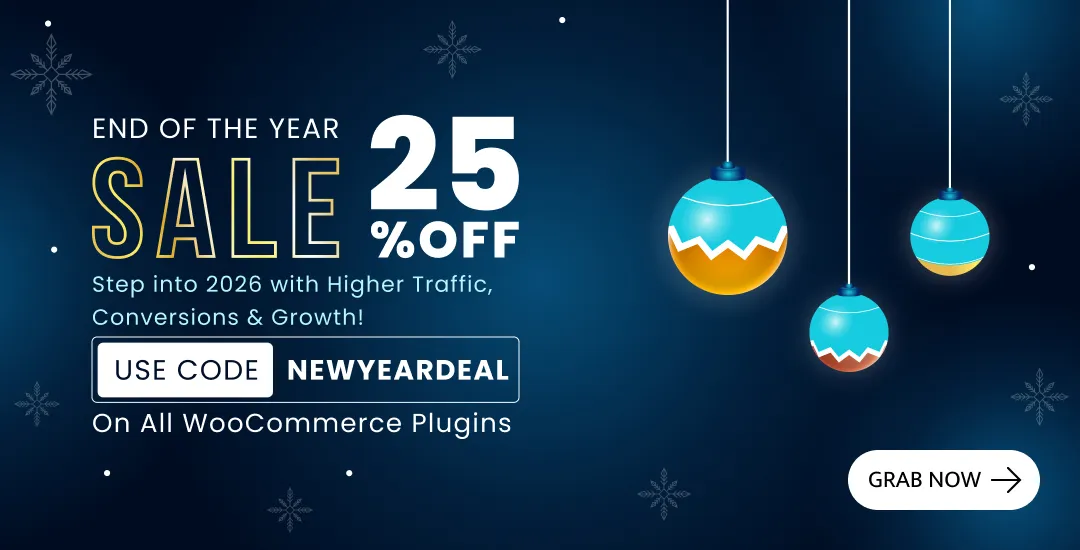

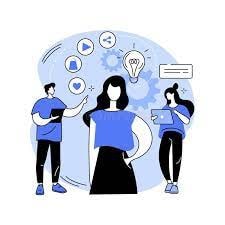
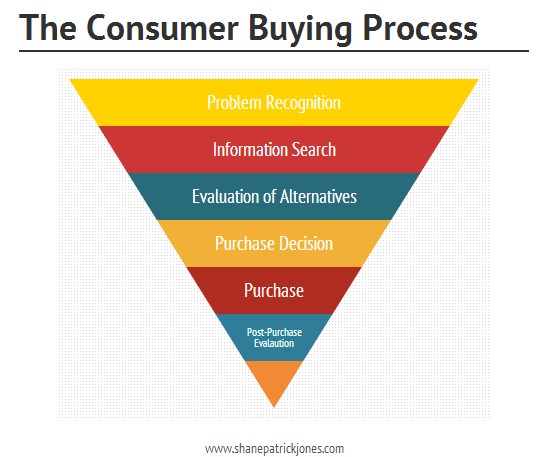

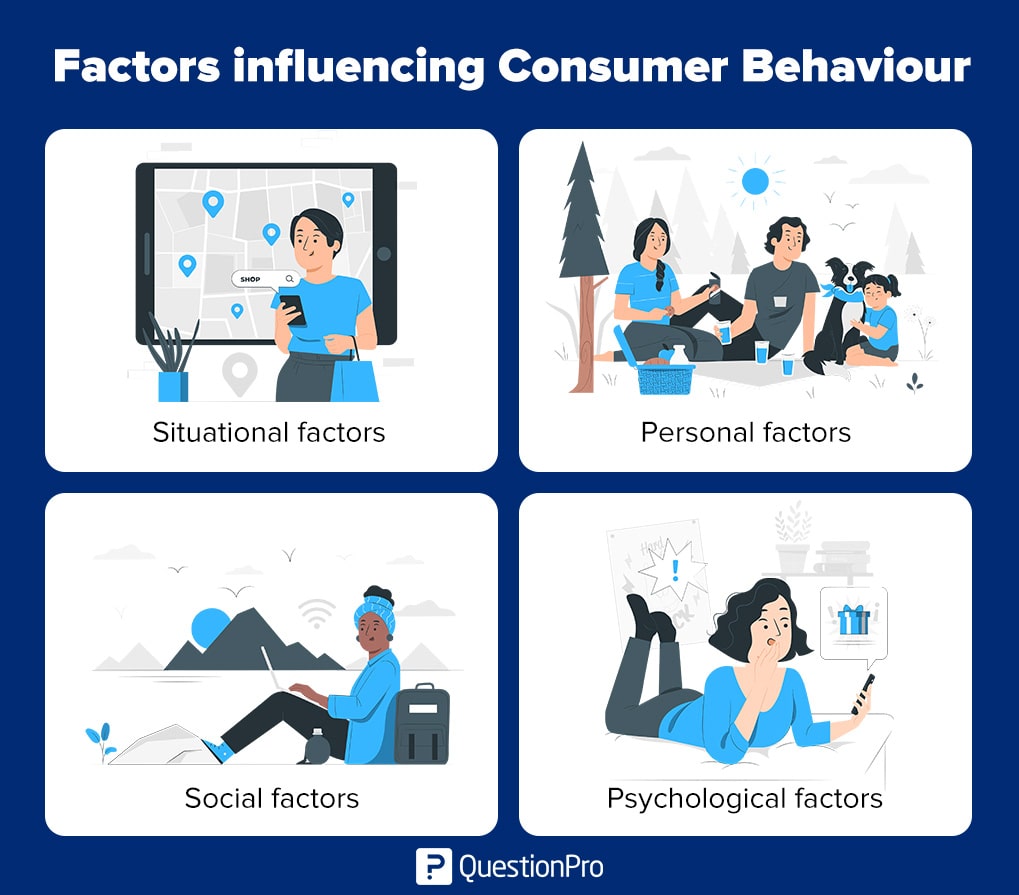
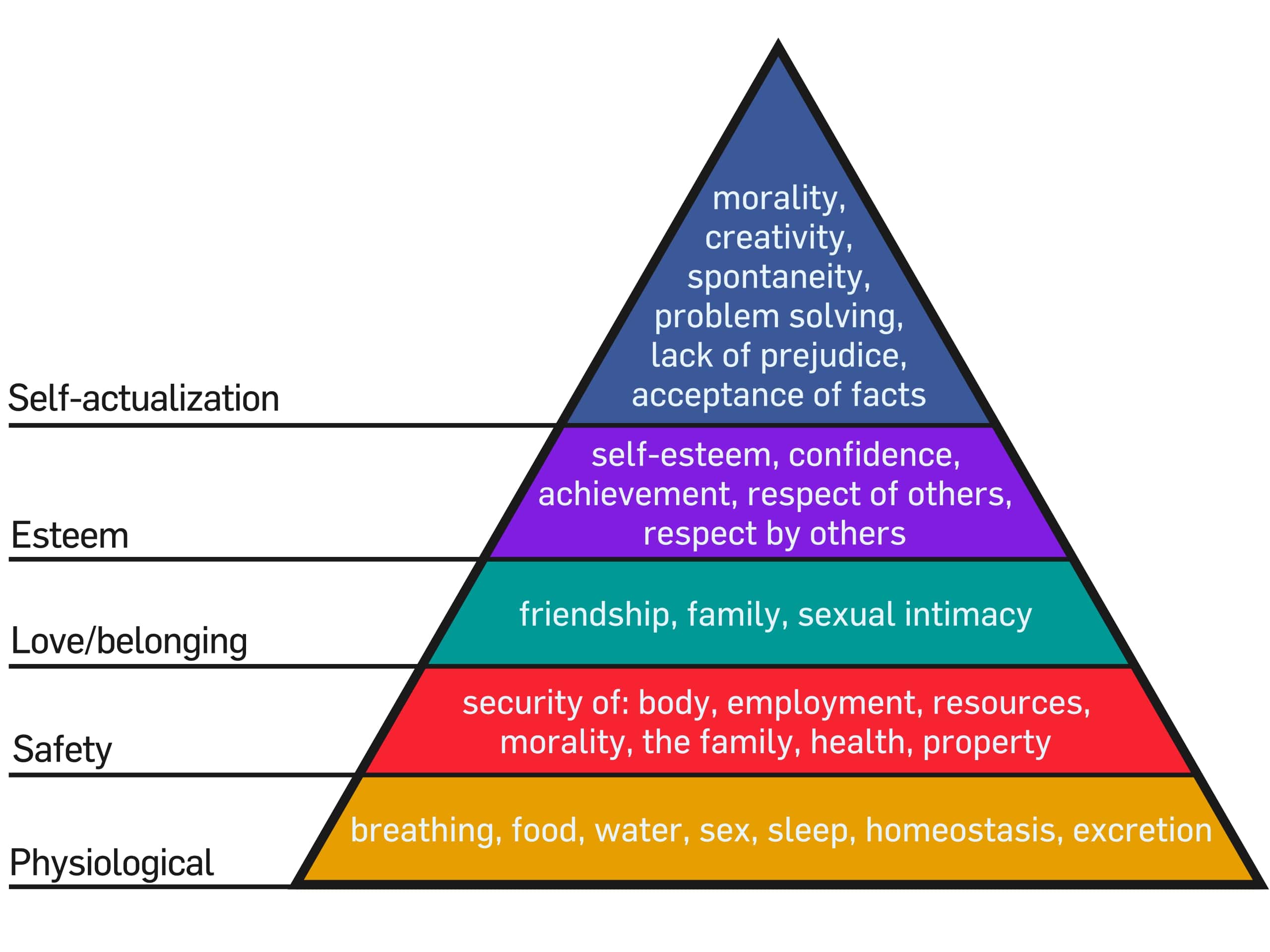
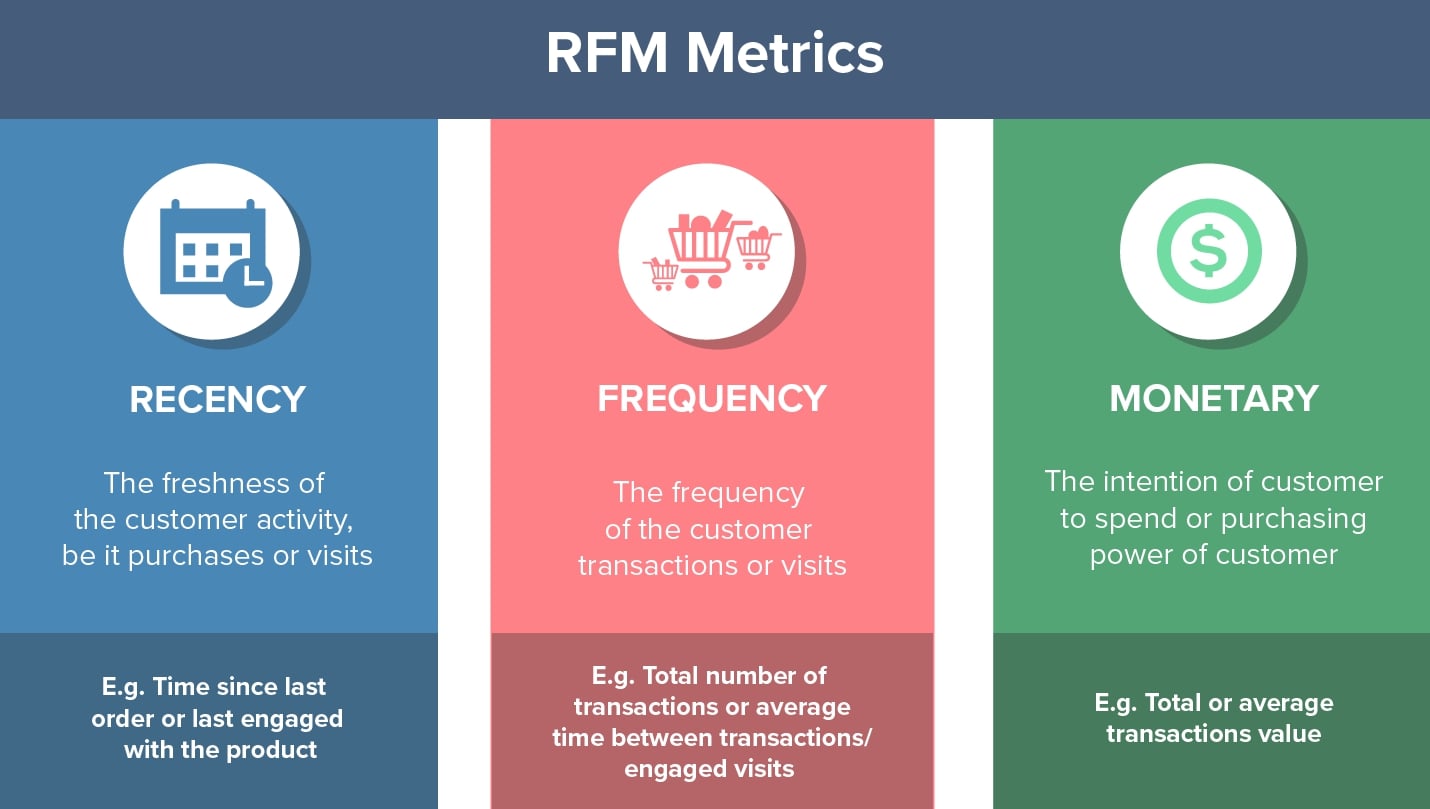







Greetings!
Thank you for sharing such an interesting and useful blog. Hoping to see and read more blogs like this in the future.
I am glad you liked it OSOlink Solutions! Yes sure, stay tuned with us for more such resourceful blogs. Happy reading :)